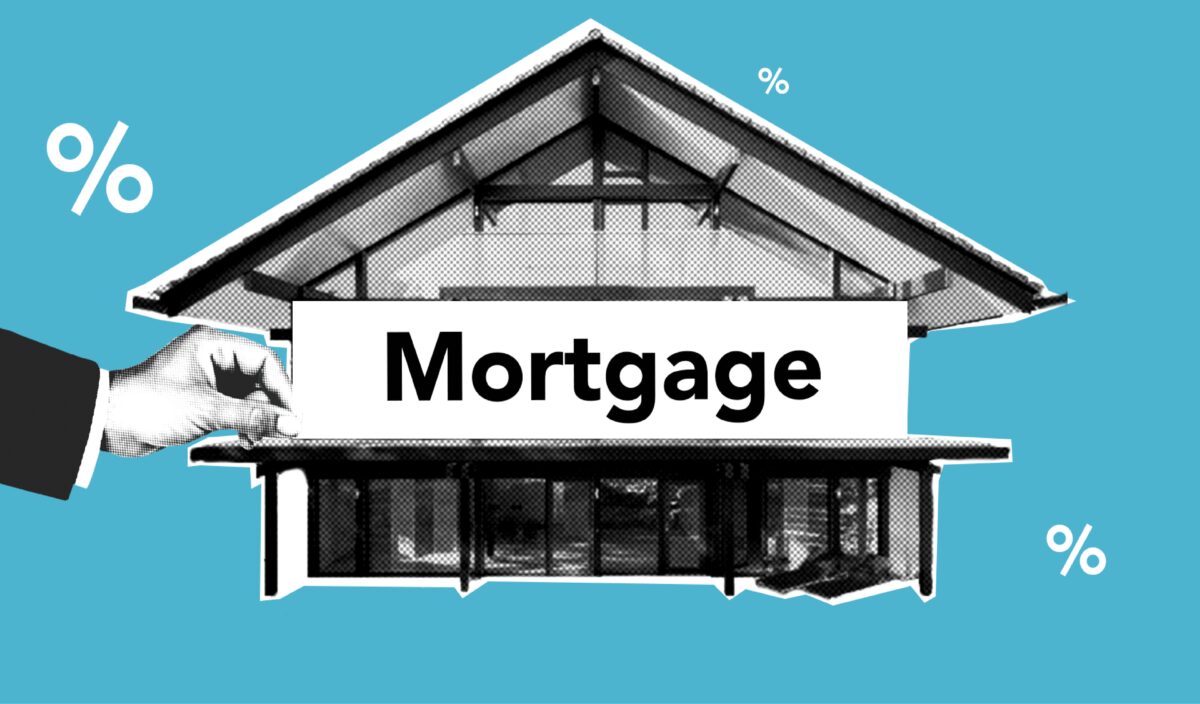Introduction
The dream of homeownership is a significant milestone for many individuals and families. However, for the majority, this dream requires financial support in the form of home loans. In this detailed article, we will explore the ins and outs of home loans, covering topics such as the types of home loans available, the application process, factors influencing loan approval, and the responsibilities associated with homeownership.
Understanding Home Loans
- Definition of Home Loans:
- Home loans, also known as mortgages, are loans provided by financial institutions to individuals or families for the purpose of purchasing a home. These loans typically come with a set interest rate and repayment period.
- Types of Home Loans:
- Conventional Loans:
- Offered by private lenders, conventional loans are not insured or guaranteed by the government. They often require a higher credit score and a down payment but can be more flexible in terms of property types.
- FHA Loans:
- Backed by the Federal Housing Administration, FHA loans are designed to assist first-time homebuyers and individuals with lower credit scores. They often require a smaller down payment.
- VA Loans:
- Reserved for eligible veterans and active-duty military personnel, VA loans are guaranteed by the Department of Veterans Affairs. They typically offer favorable terms, including no down payment.
- USDA Loans:
- Issued by the U.S. Department of Agriculture, USDA loans are designed to help individuals in rural areas achieve homeownership. They often come with low-interest rates and flexible credit requirements.
- Conventional Loans:
- Interest Rates and Loan Terms:
- Home loans can have fixed or adjustable interest rates. Fixed-rate mortgages maintain a constant interest rate throughout the loan term, providing predictability. Adjustable-rate mortgages (ARMs) may have fluctuating interest rates, potentially leading to changes in monthly payments.
The Home Loan Application Process
- Preparation:
- Before applying for a home loan, potential borrowers should assess their financial situation, including credit score, income, and existing debts. This preparation helps individuals understand their borrowing capacity and identify potential issues.
- Loan Pre-Approval:
- Many homebuyers seek pre-approval before house hunting. Pre-approval involves a lender evaluating the borrower’s financial information and providing a tentative loan amount. This process strengthens the buyer’s position in negotiations.
- Home Search and Offer:
- Once pre-approved, individuals can confidently search for homes within their budget. Upon finding the right property, they make an offer, often contingent on securing a mortgage.
- Loan Application:
- The formal loan application involves submitting detailed financial information to the lender. This includes income verification, employment history, credit reports, and details about the property being purchased.
- Underwriting:
- The underwriting process involves the lender assessing the borrower’s financial stability, creditworthiness, and the property’s value. This step helps determine the loan’s risk and terms.
- Loan Approval and Closing:
- Upon successful underwriting, the loan is approved, and a closing date is set. During the closing, the borrower signs the final loan documents, and ownership of the property is transferred.
Factors Influencing Home Loan Approval
- Credit Score:
- A higher credit score generally improves the likelihood of loan approval. Lenders use credit scores to assess an individual’s creditworthiness and determine the interest rate on the loan.
- Down Payment:
- The down payment is a percentage of the home’s purchase price paid upfront by the buyer. While some loans, like FHA, offer low down payment options, a larger down payment can positively impact loan approval and terms.
- Debt-to-Income Ratio:
- Lenders evaluate a borrower’s debt-to-income ratio, comparing their monthly debt payments to their gross monthly income. A lower ratio suggests better financial health and increases the chances of loan approval.
- Employment and Income Stability:
- A steady employment history and reliable income contribute to a borrower’s ability to repay the loan. Lenders often prefer applicants with stable employment.
- Property Appraisal:
- The property being financed must undergo an appraisal to determine its fair market value. If the appraisal value aligns with the loan amount, it supports loan approval.

Responsibilities of Homeownership
- Monthly Mortgage Payments:
- Homeowners are responsible for making monthly mortgage payments, covering principal, interest, taxes, and insurance. Consistent, timely payments are essential to maintain a positive financial standing.
- Property Maintenance:
- Homeowners must maintain their property, addressing repairs and routine maintenance. This includes tasks such as lawn care, plumbing repairs, and other upkeep to ensure the home’s value is preserved.
- Homeowners Insurance:
- Lenders typically require homeowners to carry insurance to protect against potential damages or losses. This insurance covers the structure and, in some cases, personal belongings.
- Property Taxes:
- Property taxes are levied by local governments and contribute to community services and infrastructure. Homeowners must pay property taxes regularly.
- Homeowners Association (HOA) Fees:
- In some communities, homeowners may be part of an HOA, requiring regular fee payments. These fees contribute to the maintenance and improvement of shared amenities and common areas.
Conclusion
Securing a home loan is a significant step toward achieving homeownership, but it comes with various considerations and responsibilities. Understanding the types of home loans available, the application process, and the factors influencing loan approval empowers individuals to make informed decisions. Once the keys are in hand, the responsibilities of homeownership extend to property maintenance, regular mortgage payments, and adherence to financial commitments. By navigating the complexities of home loans with knowledge and preparation, individuals can turn the dream of homeownership into a fulfilling reality.
Next Page